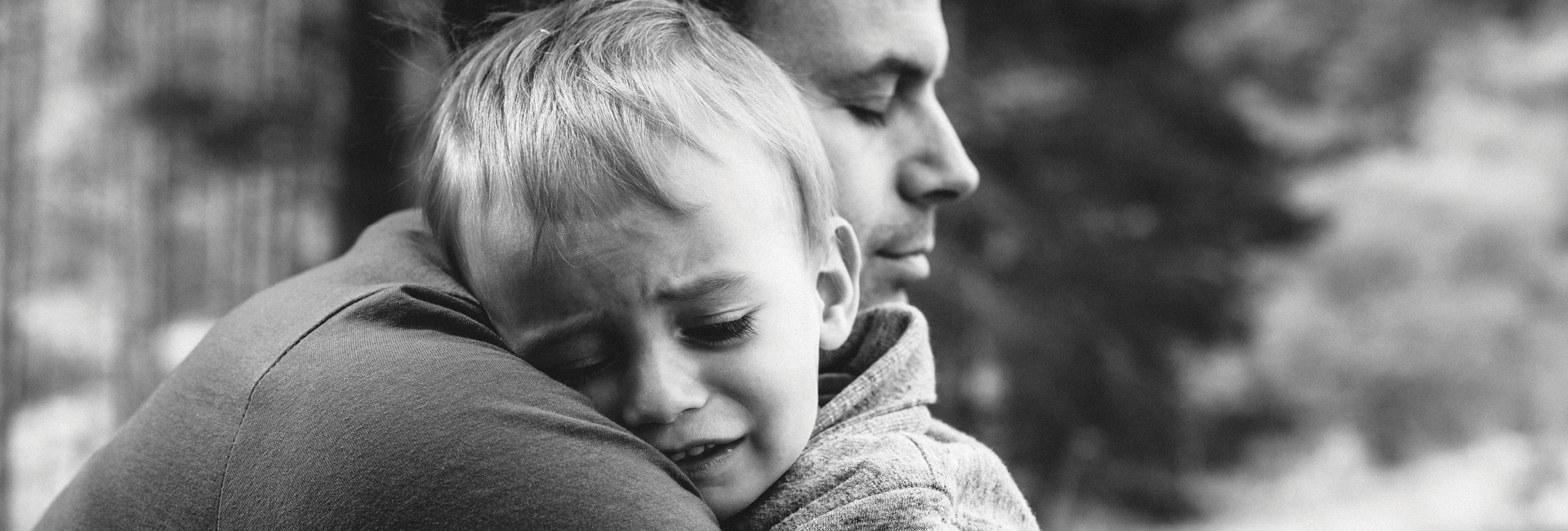
Ana Ionescu remembers Dec. 27, 2011, as the day her world turned upside down.
Ionescu, who was 13 at the time, walked into the Union County Courthouse in New Jersey, thinking she and her older brother, Alex, would continue spending equal amounts of time with their parents. It wasn’t ideal, says Ionescu. In the nearly three years since her mom, Maria Alexianu, filed for divorce, Ionescu told their family therapist, guardian ad litem and the judge that she wanted to live with her dad.
She felt closer to Adrian Ionescu, a professor at a college near their Westfield, New Jersey, home who helped her with homework and soccer. She also characterized her mom, who is a neurologist, as abusive, alleging she once strangled her while trying to take her cellphone.
But Ionescu understood the court wanted her and her brother to have a relationship with both of their parents. That’s one reason why its next move shocked her.
Judge David Issenman called the Ionescu kids into his chambers to tell them they were going with their mom to a reunification program in California. When they came home, she would have full custody, and they wouldn’t be allowed to see or speak to their dad for at least 90 days.
The judge based his decision on the concept of parental alienation, in which one parent engages in behaviors that cause a child to reject the other parent for no legitimate reason. It can become the subject of fierce debate in high-conflict divorce cases when one parent claims the other parent intentionally turned a child against him or her.
Issenman took Ionescu and her brother’s cellphones and sent them with two court officers to wait in another room. Their mother and youth transport workers, who are sometimes hired in these cases to get children to reunification programs, later took them outside and into a waiting car.
“I felt very in the dark,” Ionescu says. “No one was really explaining anything to us. We were just forced in a car with these strangers who were taking us to the airport.”
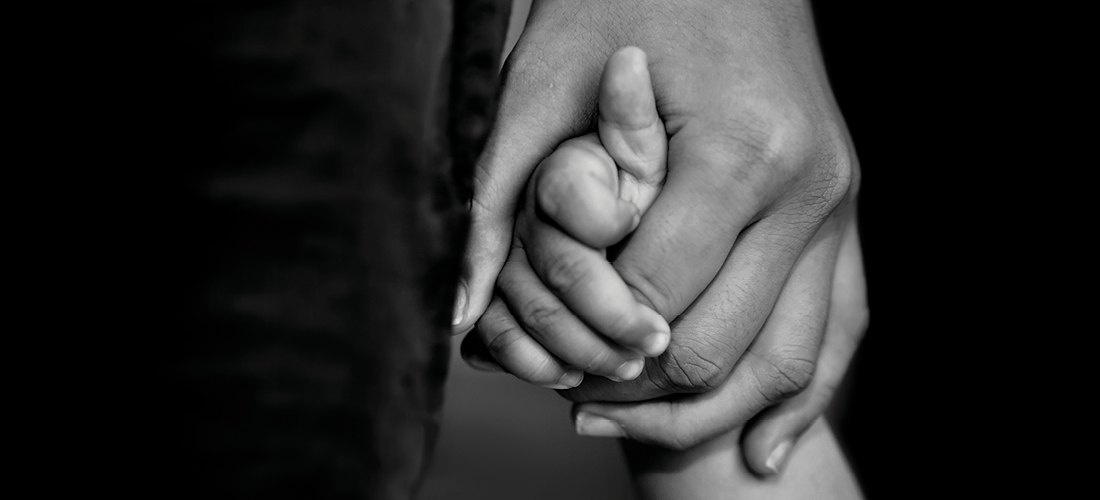
By the next day, they were at Building Family Bridges, a four-day program that aims to reunify children with a parent they say they hate or fear.
Issenman and Alexianu declined to comment. Adrian Ionescu says he wasn’t surprised by the judge’s order.
“It was a long trial—a 23-day trial—and by that time, I didn’t even have a lawyer anymore because I couldn’t keep up with the expenses,” he says. “So I defended myself, and in the end, the judge decided to go with the program.”
Ana Ionescu remembers feeling confused and angry, especially because she couldn’t say goodbye to her dad.
“We never went back into court,” Ionescu says. “That morning was the last time I saw my dad for what turned out to be not 90 days but three years.”
Dr. Richard Gardner, a psychiatrist who regularly testified in child custody cases, first used the term “parental alienation syndrome” in 1985 to describe children who had been convinced to have negative feelings about one parent without justification.
Gardner, who died in 2003, wrote and spoke extensively about the new childhood disorder, which he said arose almost exclusively in custody disputes and could lead children to falsely accuse a parent of abuse.
Parental alienation syndrome has been fraught with controversy. Critics argue the concept is unproven, noting the American Psychiatric Association decided not to list it in the latest edition of the Diagnostic and Statistical Manual of Mental Disorders.
Dr. Darrel Regier, vice chair of the group that drafted the 2013 update, challenged the idea that parental alienation is a syndrome or disorder, describing it to the Associated Press at the time as a relationship problem between parents or a parent and child. Now even proponents tend to refer to it simply as parental alienation.
Critics of parental alienation as a disorder also say allegations are made in custody cases involving children who have understandable reasons for rejecting a parent, such as strict discipline or conflicts over gender expression and identity. This is particularly harmful to children who allege abuse by a parent because that parent can use accusations of parental alienation to dismiss their claims.
“Once this alienation claim is raised, it can be very difficult to have the court focus on the abuse because the abusive party has taken everything the protective [parent] does trying to protect the children and turns those actions into alienation,” says Margaret Drew, an associate professor at the University of Massachusetts School of Law and past chair of the ABA Commission on Domestic & Sexual Violence.
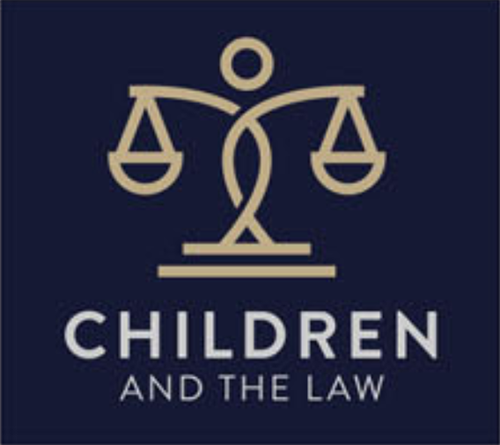
While parental alienation syndrome is not in the DSM, proponents contend other diagnoses, including “child affected by parental relationship distress,” cover similar elements and can be used in cases where it appears. Some argue in severe cases, it could even amount to child abuse because children who are taught to reject a parent may deal with anxiety, depression and other health issues.
Petra Deeter, the founder of the Victim to Hero Institute in Los Angeles, interviewed more than 300 adults who were alienated from their parents as children. Deeter, who was born in Vietnam, stopped talking to her own father after her parents’ divorce. She remembers her mother calling him “a monster who clearly doesn’t want us.” But Deeter later discovered he wrote her letters and bought her gifts he was never able to give her. He died before they could reconnect.
“When you grow up without a father, it impacts every aspect of your life,” says Deeter, director of the 2022 documentary Parental Alienation: The Aftermath. “You think, why doesn’t my own father love me? … At the point you realize this isn’t true, you realize you have nobody because the only parent who hasn’t left has been abusing you all along.”
Many family lawyers say their clients do badmouth or lie about former spouses.
“A lot of people say there is no such thing as alienation, and basically, kids get mad at their parents,” says Thad Woody, the chair of the ABA Section of Family Law and executive partner at Kessler & Solomiany in Atlanta. “But I do see certain parents in these cases—you can call it gaslighting, you can call it brainwashing, you can call it whatever you want—who are really trying to deter a child from having a relationship with the other parent.”
It’s hard to know how often claims of parental alienation or related behavior appear in custody cases since trial court rulings are not always published.
But lawyers representing clients who allege parental alienation use a five-factor model to determine if it exists in cases. These factors include:
1. A child refusing contact with a parent.
2. A prior positive relationship between the child and rejected parent.
3. A lack of abuse, neglect or seriously deficient parenting by the rejected parent.
4. The favored parent exhibiting alienating behaviors, such as coercion.
5. The child showing certain behavioral signs.
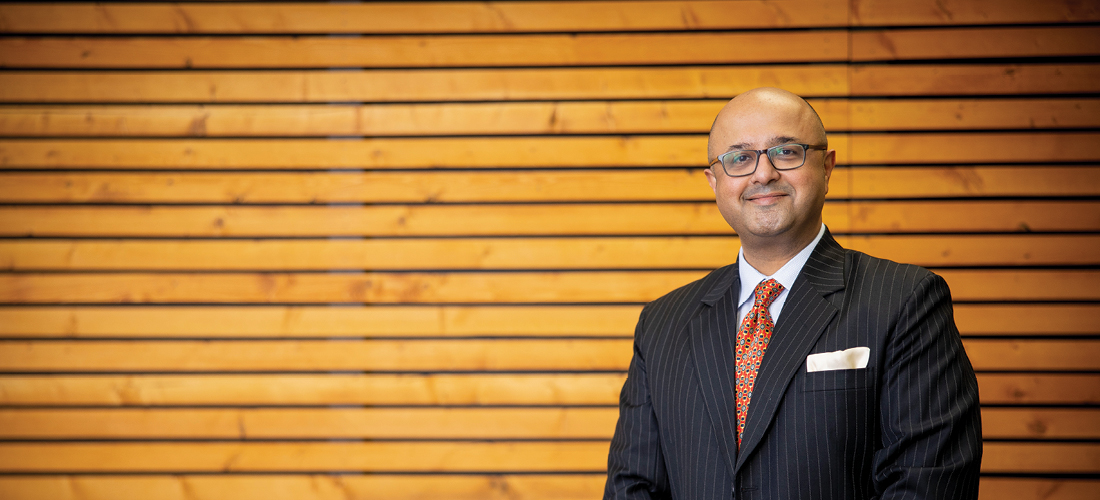
A child’s lack of ambivalence is one behavioral sign, says Ashish Joshi, an attorney in Ann Arbor, Michigan, who focuses on parental alienation. “In the typical situation of a high-conflict divorce, even if the child happens to be aligned with, let’s say, Dad, the child will have something good to say about Mom,” says Joshi, a senior editor of the ABA’s Litigation journal. “In an alienation case, the child you see is black-and-white. ‘Mom was never around. She was absolutely horrific.’ The child can’t name two or three [positive] things.”
Other proponents say alienated children behave differently than abused children. “It’s not easy to weaponize a child because even kids who have been very abused by a parent, we often don’t see them reject them,” says Jennifer Harman, an associate professor of psychology at Colorado State University who testifies as an expert witness in custody cases. “They make excuses for the abuse. They may not see they were abused. They may blame themselves for the abuse.”
But Joan Meier, the director of the National Family Violence Law Center at the George Washington University Law School, saw parental alienation syndrome used to deny abuse allegations made by mothers against fathers in her appellate work. She began gathering data on how it affected mothers and whether it was gender-neutral in effect.
In 2019, Meier published a study examining more than 2,000 electronic appellate and trial opinions in custody cases involving abuse or alienation claims from 2005 to 2014. In the 222 cases in which mothers accused fathers of abuse and fathers accused mothers of parental alienation, courts credited only 23% of mothers’ abuse claims. And courts believed only one of 51 claims of child sexual abuse when alienation was crossclaimed. One explanation could be court-affiliated personnel don’t understand child abuse or how to interview children, Meier says. Another could be judges tend to believe a father who is calm and collected over a mother who appears frantic or angry. “There are all kinds of biases and maybe heuristics and maybe ignorance that play into this, and then you have parental alienation, which is this easy explanation for everything,” she says.
Judges often order family therapy for situations where parental alienation is alleged. But in severe cases, they also prescribe programs such as Family Bridges, where Ionescu and her brother found themselves in December 2011.
They checked into a hotel north of San Francisco and met in a conference room with their mom and psychologists who said their dad manipulated them, Ionescu recalls. To encourage them to comply with the court order and restore their relationship with their mom, they were given lessons about communication and conflict management. They were also shown educational videos, including Welcome Back, Pluto, which teaches children to avoid aligning with one parent.
At first, Ionescu pushed back, arguing her dad had done nothing wrong. But she quickly felt pressured to tell program leaders what they wanted to hear. “I remember my stomach dropping, and I was like, ‘OK, now I feel trapped and kidnapped,’” Ionescu says. “I don’t know how to get to the airport. I don’t have access to a credit card. I couldn’t contact my friends. I couldn’t contact my dad. I pulled my brother aside, and I said, ‘We have to fake it until we make it.’”
Ionescu remembers “dropping the act” when they left and broke the no-contact order by talking to her dad over Skype. The order was initially extended another 90 days, and then several more times.
“We played soccer and basketball, so I remember two or three times, we would see him at the game before,” says Ionescu, whose dad was a referee. “But if my mom saw him, she would walk with me all the way to my team and didn’t let me talk to him.”
Ionescu’s experience mirrors those of several young adults who have spoken out about Family Bridges, one of a handful of reunification programs. Critics point out that Randy Rand, who founded Family Bridges in 1991, doesn’t have an active psychologist’s license because of disciplinary action taken against him by the California Board of Psychology in 2009. Since Family Bridges and other programs are considered “educational” rather than “therapeutic,” critics also say they are unregulated and target wealthy parents who pay tens of thousands of dollars to cover their costs.
Rand and Family Bridges did not respond to requests for comment.
Jean Mercer, a developmental psychologist and professor emerita of psychology at Stockton University in New Jersey, has met with other young adults who participated in reunification programs. Many told her they weren’t traumatized by their lessons but were distressed by being taken against their will by youth transport workers. Some also recalled being threatened with wilderness camp or psychiatric evaluations if they didn’t cooperate.
“When we talk about whether the treatment is potentially harmful, you have to think about the entire context—what happens before, what happens after, what the kids are told that is outside the ‘therapeutic’ part of this,” says Mercer, who challenges reunification programs as an expert witness. “All of those things are at the very least extremely frightening to kids.”
There are valid reasons for a court to suspend contact between children and an alienating parent, says Richard Warshak, a clinical psychologist who once conducted Family Bridges workshops. It removes them temporarily from the environment that sustains parental alienation and shields them from negative influences that could stall their progress.
“It also motivates the child to comply with the court’s intentions because the child understands the sooner things return to normal, the sooner they will be able to have a relationship with both parents,” Warshak adds.
As with data on parental alienation, it’s difficult to determine how often courts send families to reunification programs or whether they’re successful.
In 2019, Warshak released results from his own study of Family Bridges. In surveying 83 children and their rejected parents, he heard from parents that the percentage of children who resisted contact dropped from 85% before the program to 6% after the program. His study also found 31% of children rated their relationship with their parent as “much better,” while 43% reported it was “somewhat better.”
“When asked about whether the workshop changed their feelings about the other parent with whom they had been aligned, the majority [of children] said not at all,” Warshak says. “That means the workshop accomplishes its goal. The goal is not to demonize the other parent, it’s to help the children restore a more balanced perspective of both parents.”
Despite multiple attempts, the ABA Journal could not identify a young adult or adult who was willing to go on record about positive experiences with a reunification program.
Christopher Brasher, the former chief judge of the Fulton County Superior Court in Atlanta, has ordered children to attend reunification programs, but only at the recommendation of a trusted guardian ad litem, he says. Brasher, who is now a senior judge and arbitrator at Flink Consulting in Alpharetta, Georgia, says these programs are successful when judges “need to break a cycle.”
“It’s not the treatment, it’s the pause that then allows us to have a fresh start with treatment,” Brasher says. “It does a good job of reacquainting the child with the idea that they are their own person, and they have a break from this circumstance that’s been so troubling for them.”
Amanda Sillars thinks a reunification program like Family Bridges could have changed her life. After her parents separated in the 1980s, her father kidnapped her from her home in Perth, Australia, and moved her first to Sydney and then to California, she says. While he made her believe her mother didn’t care about her, Sillars realized as an adult that her mother had tried to get in touch for years.
Sillars, whose mother died by suicide in 1993, says she became the target of parental alienation after her own divorce. She lived with her son and daughter, who were 12 and 10, in Perth, but during a trip to visit their father in Brisbane, they decided not to come home. It took more than four years to reestablish her relationship with her son, she says. It was harder with her daughter, who refused to see her for seven years.
“If my kids had seen something like [Welcome Back, Pluto], or if I had seen something like that, our situations would have been so different,” says Sillars, the founder of the Eeny Meeny Miney Mo Foundation, an organization that educates parents, family courts and mental health practitioners on parental alienation in Australia. “Or if someone just stepped in and took the pressure off us.” She hopes to soon receive training from Family Bridges so she can offer its workshops.
Judges are asked to weigh what’s in the “best interests” of the child when making decisions in custody cases.
Many states, including Pennsylvania, where Judge Jordan Yeager hears cases in Bucks County, outline specific factors they must consider under this standard. In his state, judges are required to give extra weight to factors that affect the safety of the child, such as abuse by a parent. They also must consider attempts of one parent to turn the child against the other, but he notes this doesn’t apply in domestic violence cases where one parent needs to protect a child.
Yeager says he has seen research suggesting parents who allege abuse fare worse in custody cases and takes it into consideration. “While we need to recognize the reality that there are parents who make false allegations and who are just interested in driving a wedge between their kid and the other parent, we also need to be careful not to fall into the perhaps implicit bias we have in society to hold it against a protective parent for raising issues of abuse,” he says.
The National Council of Juvenile and Family Court Judges and the Association of Family and Conciliation Courts provide some guidance on parental alienation. In August, they released a joint statement on what they call parent-child contact problems and emphasize the importance of taking a “child-centered approach” to these problems.
In January 2022, the American Professional Society on the Abuse of Children issued a statement: “Child safety from abuse and neglect (as defined by law) takes priority over parental right to contact.” It cited earlier guidance from the NCJFCJ advising courts to reject expert testimony regarding parental alienation syndrome because it lacks scientifically valid reasoning required under Frye v. United States and Daubert v. Merrell Dow Pharmaceuticals.
Appellate courts in Louisiana, New Jersey and New York have said parental alienation syndrome does not satisfy the standard for admissibility under Frye and Daubert, according to the Domestic Violence Legal Empowerment and Appeals Project, a nonprofit Meier founded in 2003. Connecticut and New York trial courts have also dismissed parental alienation evidence.
But Demosthenes Lorandos, a forensic psychologist and lawyer in Ann Arbor, Michigan, who worked with Gardner and Joshi, argues more courts have accepted evidence of parental alienation [syndrome]. In a 2020 study, he identified 1,181 trial and appellate cases between 1985 and 2018 where it was deemed admissible.
“Judges are hungry for explanations for why this crazy stuff is happening,” he says. “They are desperate to partner with caring professionals to try to find remedies for this stuff because they know in the spirit of parens patriae that the state is the parent of its children.”
Parental alienation has drawn global attention, most recently from Reem Alsalem, the United Nations special rapporteur on violence against women and girls.
Late last year, Alsalem announced she would “examine the ways in which family courts in different world regions refer to parental alienation, or similar concepts, in custody cases and how this may lead to double victimization of victims of domestic violence [or] abuse.” According to the U.K.-based Guardian, these concepts have gained traction in family courts in several countries, including Brazil, Spain, Italy and England.
In recent years, U.S. legislators also have addressed how to better protect children from family violence.
In March 2022, President Joe Biden signed the Violence Against Women Act Reauthorization Act, which includes a measure known as Kayden’s Law. It is named for Kayden Mancuso, a 7-year-old from Pennsylvania who was murdered by her father during a court-ordered visit.
Under the legislation, states can receive federal funding if they enact laws that restrict expert testimony to professionals who have experience with victims of domestic violence or child abuse; limit the use of reunification programs; and provide training on family violence to court personnel.
More training is vital since judges often lack family law experience, says Danielle Pollack, who is the policy manager at the National Family Violence Law Center at GW Law and helped draft Kayden’s Law.
“What is perpetrator behavior in the family system, and what does it mean when a child victim discloses and recants?” she asks. “How does forensic interviewing work, and what should custody evaluators be looking for? We felt, for the most part, judges and others in these cases are unprepared.”
So far, Colorado and Maryland have adopted legislation containing portions of Kayden’s Law, Pollack adds. Lawmakers in other states, including Pennsylvania, have considered related bills.
In December, ABA President Deborah Enix-Ross wrote a letter to U.S. Senate leaders urging them to support the reauthorization of the Child Abuse Prevention and Treatment Act and clarify that children and parents should receive legal representation in cases involving child abuse or neglect allegations.
Suzanne Chester, the managing attorney at the Child’s Advocate, a project of Legal Aid of North Carolina, contends the provision of legal counsel also should extend to custody cases.
“At least the child having their own attorney would be a huge step in the right direction, because in some of these cases, there may be multiple professionals involved, but yet, there is no one there just advocating for the child’s position,” she says.
Ionescu says she rarely knew what was happening in her parents’ case. She learned from a school counselor that after years of proceedings, the New Jersey Superior Court Appellate Division sided with her dad in December 2014. The court, as previously mentioned, became one of the few to reject parental alienation syndrome and found the lower court couldn’t have intended to keep Adrian Ionescu from his children for almost three years.
Ionescu and her brother eventually moved back in with their dad. “It’s hard to talk about it, and it’s been almost a decade now,” says Ionescu, who graduated from the University of Miami School of Law in 2021. “It still very much affects me—I think more than anything because of the time I lost with my dad.”
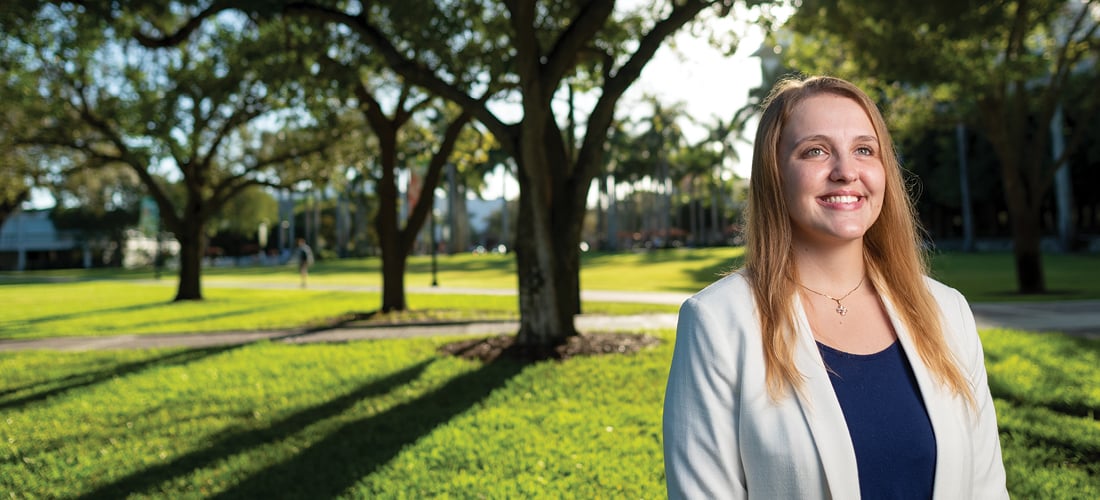
Because of her experience, Ionescu wants to help other young adults navigate the legal system when they are facing a court-ordered reunification program. It’s also what inspired her to work at a nonprofit organization in Miami, where she represents unaccompanied minors in immigration proceedings.
“I wanted to work with kids because I felt like I didn’t have a voice and didn’t want another kid to have to go through that,” she says.
This feature is part of the ABA Journal‘s Children & the Law series exploring children’s law and juvenile justice.